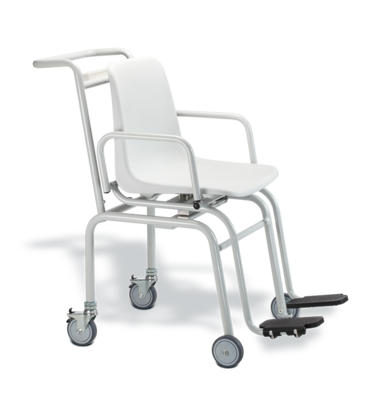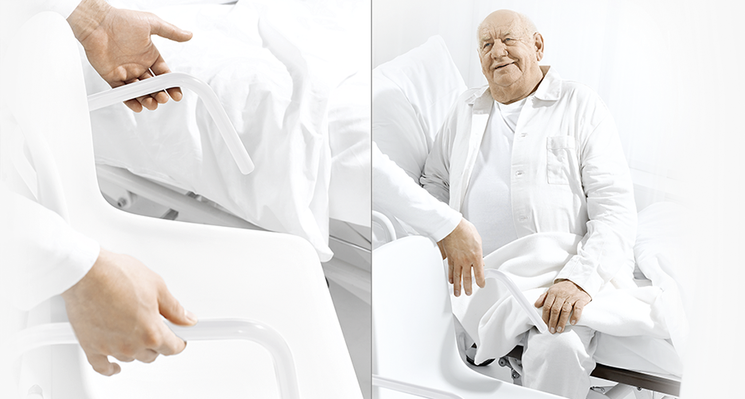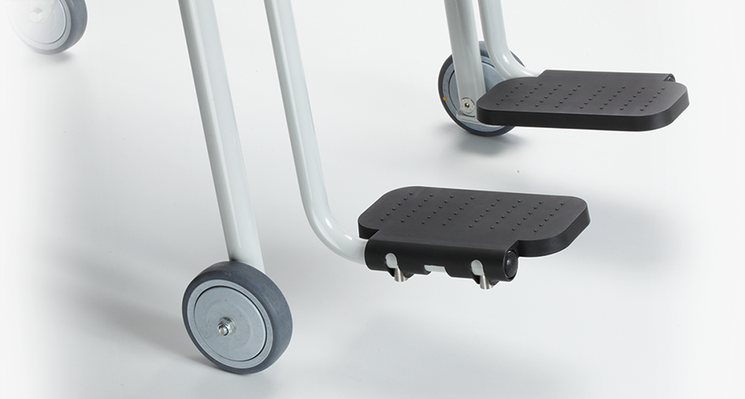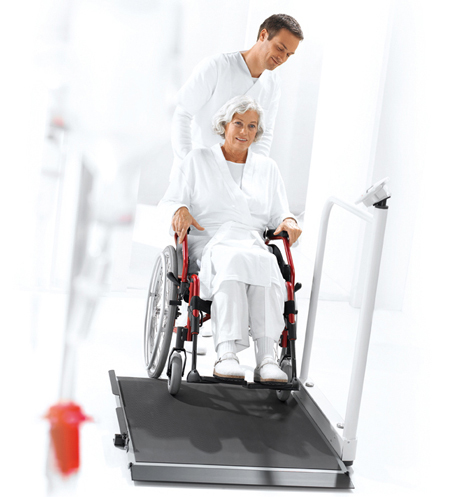Raises awareness for maintaining a healthy weight
The seca directprint is the ideal tool for raising awareness about maintaining a healthy weight. Not only does it tell your patients their height, weight and BMI, but it compiles their measurements into an easy-to-read one page printout which includes sound information and tips on weight management. In seconds, it provides the ideal ice-breaker for your overweight patients by drawing attention to the subject of overweight and obesity without making them feel uncomfortable.
This removes inhibitions, makes people more willing to talk, and motivates your patients in the long term to tackle the subject more rigorously and do something about it. This in turn can generate economic benefits for your practice, since you can now offer additional services.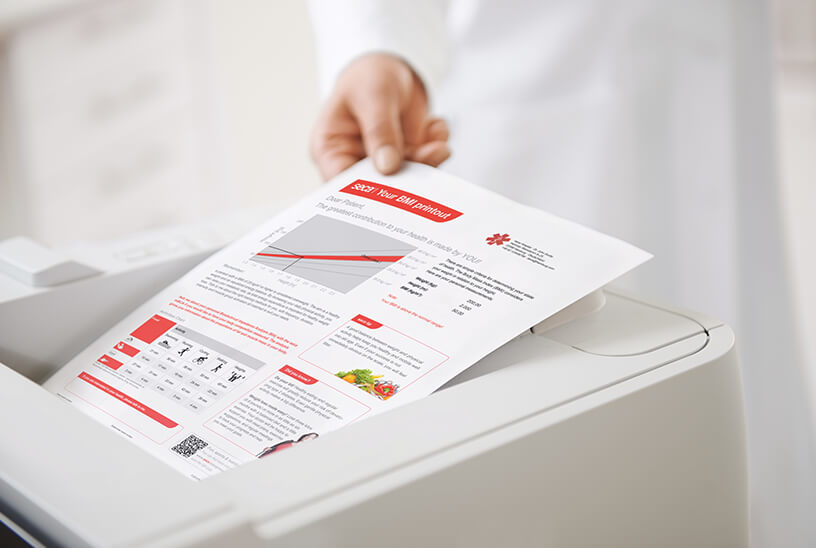
This removes inhibitions, makes people more willing to talk, and motivates your patients in the long term to tackle the subject more rigorously and do something about it. This in turn can generate economic benefits for your practice, since you can now offer additional services.

